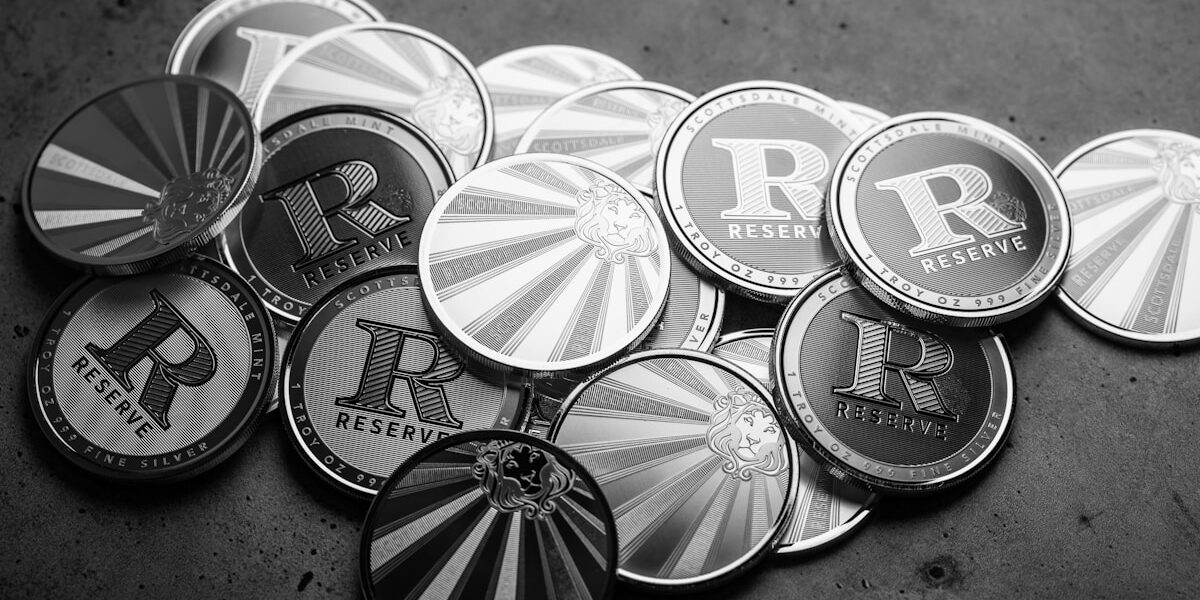Mercury Dime Years
Mercury Dime Years
The Mercury Dime, also known as the Winged Liberty Head Dime, was minted between 1916 and 1945. Designed by Adolph A. Weinman, this coin remains popular among collectors. It replaced the Barber Dime and was eventually replaced by the Roosevelt Dime. Each year of release has its unique characteristics and historical significance.
1916

The first year of the Mercury Dime holds special interest. The Philadelphia, Denver, and San Francisco mints all produced the coin. However, the 1916-D is especially notable for its low mintage of only 264,000. Collectors highly seek after this particular dime due to its rarity.
The 1920s
1921
Economic challenges post-World War I led to limited mintages. The 1921 Mercury Dime was minted only in Philadelphia. Its lower mintage makes it a desirable coin for collectors.
1924-1928
During these years, the mercury dime saw consistent production with no significant shortages. One exception is the 1926-S dime, which had a relatively lower mintage compared to others. These coins are more accessible but in high demand due to their historical background.
1929
The onset of the Great Depression affected coin production. The 1929 Mercury Dime had a higher mintage, but its historical context adds to the coin’s intrigue. Philadelphia, Denver, and San Francisco all produced the dime this year.
The 1930s
1931
Economic disruption continued. Only the Philadelphia mint produced the coin this year. This resulted in lower quantities and increased collector interest.
1936
During this rebound era, the production resumed in all three mints. This brought back higher mintage after limited runs in the early ’30s, making the coins from this year less scarce.
1939
With Europe on the brink of World War II, American coinage saw shifts in demand. The 1939 Mercury Dime had increased production to prepare for potential economic impacts.
The 1940s
1942
The final stretch of the Mercury Dime series saw high mintage. The Philadelphia and Denver mints produced large quantities. This year is notable for the overdate varieties, where some ‘42 dimes were inadvertently struck over 1941 dimes.
1945
Marking the end of the Mercury Dime, 1945 coins were issued in large numbers. Post-war economic boom influenced the coin’s accessibility. The series ended as Roosevelt Dimes began production.
Design and Composition
The Mercury Dime is lauded for its aesthetic appeal. Adolph A. Weinman’s design features Lady Liberty donning a winged cap, symbolizing freedom of thought. The reverse depicts a fasces, an axe surrounded by a bundle of rods, signifying strength and unity with an olive branch for peace. These symbols reflect early 20th-century values and artistry.
Made of 90% silver and 10% copper, the dime weighs 2.5 grams. Its diameter measures 17.9 mm. This silver content is often a point of interest for bullion investors, besides numismatists.
Collecting Mercury Dimes
Collectors value these coins based on year, mint mark, and condition. Make use of resources like the Red Book or the PCGS price guide to determine a coin’s worth.
- Key Dates: Key years include 1916-D, 1921, 1921-D, and 1942/1 overdate varieties.
- Mint Marks: Mint marks appear on the reverse, near the bottom left of the fasces. ‘D’ denotes Denver, ‘S’ San Francisco, and absence of a mint mark indicates Philadelphia.
- Grading: Condition impacts value significantly. Coins can be graded from Poor (P-1) to Mint State (MS-70). Higher grades usually involve clear details and minimal wear.
Invest in protective holders to maintain coins’ condition. Avoid cleaning them as this can lessen their value. Attend coin shows or join numismatic clubs to learn more about Mercury Dimes and network with fellow collectors.
Counterfeits and Authentication
With popularity comes counterfeits. Be vigilant. Professional grading services like PCGS or NGC offer authentication and grading. Consider purchasing certified coins to ensure authenticity. Always buy from reputable sources.
Investing in Mercury Dimes
Mercury Dimes’ silver content makes them attractive not only to numismatists but also to bullion investors. Despite market fluctuations, their historical and intrinsic value provides relative stability. Evaluate market trends, silver prices, and consult with financial advisors if considering significant investments.
Historical Context
The Mercury Dime’s production spanned significant events like World War I, the Great Depression, and World War II. These external influences impacted minting quantities and designs. Understanding these historical contexts deepens appreciation for these coins.
Conclusion
Collecting Mercury Dimes offers a blend of artistry, history, and investment potential. Each year carries its unique story, from low mintages to design variations. Engaging with this series can be educational and rewarding for both novice and seasoned collectors. By learning about the specific years and their contexts, one can build a meaningful and valuable collection.




Subscribe for Updates
Get the latest articles delivered to your inbox.
We respect your privacy. Unsubscribe anytime.